redis中的hash也是我们使用中的高频数据结构,它的构造基本上和编程语言中的HashTable,Dictionary大同小异,如果大家往后有什么逻辑需要用
Dictionary存放的话,可以根据场景优先考虑下redis哦,起码可以装装逼嘛,现在我默认你已经有装逼的冲动了,打开redis手册,看看有哪些我们用得到
的装逼方法。
只要是一个数据结构,最基础的永远是CURD,redis中的insert和update,永远只需要set来替代,比如下面的Hset,如下图:
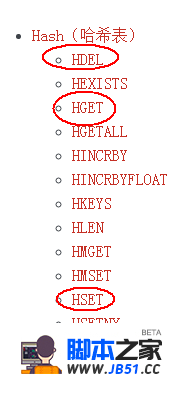
前面几篇文章我都没有挑选一个方法仔细讲解,其实也没什么好讲解的,就好似C#中的一个类的一个方法而已,知道传递一些啥参数就OK了,就比如要
说的HSet,它的格式如下:
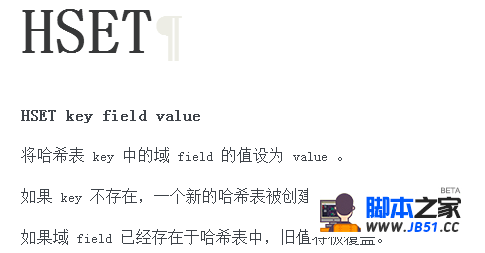
接下来我在CentOS里面操作一下,
(integer) <span style="color: #800080;">1
<span style="color: #800080;">127.0.<span style="color: #800080;">0.1:<span style="color: #800080;">6379> <span style="color: #ff0000;">hset person age <span style="color: #800080;">20<span style="color: #000000;">
(integer) <span style="color: #800080;">1
<span style="color: #800080;">127.0.<span style="color: #800080;">0.1:<span style="color: #800080;">6379><span style="color: #000000;"><span style="color: #ff0000;"> hset person sex famale
(integer) <span style="color: #800080;">1
<span style="color: #800080;">127.0.<span style="color: #800080;">0.1:<span style="color: #800080;">6379><span style="color: #000000;"><span style="color: #ff0000;"> hgetall person
<span style="color: #800080;">1) <span style="color: #800000;">"<span style="color: #800000;">name<span style="color: #800000;">"
<span style="color: #800080;">2) <span style="color: #800000;">"<span style="color: #800000;">jack<span style="color: #800000;">"
<span style="color: #800080;">3) <span style="color: #800000;">"<span style="color: #800000;">age<span style="color: #800000;">"
<span style="color: #800080;">4) <span style="color: #800000;">"<span style="color: #800000;">20<span style="color: #800000;">"
<span style="color: #800080;">5) <span style="color: #800000;">"<span style="color: #800000;">sex<span style="color: #800000;">"
<span style="color: #800080;">6) <span style="color: #800000;">"<span style="color: #800000;">famale<span style="color: #800000;">"
<span style="color: #800080;">127.0.<span style="color: #800080;">0.1:<span style="color: #800080;">6379><span style="color: #000000;"><span style="color: #ff0000;"> hkeys person
<span style="color: #800080;">1) <span style="color: #800000;">"<span style="color: #800000;">name<span style="color: #800000;">"
<span style="color: #800080;">2) <span style="color: #800000;">"<span style="color: #800000;">age<span style="color: #800000;">"
<span style="color: #800080;">3) <span style="color: #800000;">"<span style="color: #800000;">sex<span style="color: #800000;">"
<span style="color: #800080;">127.0.<span style="color: #800080;">0.1:<span style="color: #800080;">6379><span style="color: #000000;"><span style="color: #ff0000;"> hvals person
<span style="color: #800080;">1) <span style="color: #800000;">"<span style="color: #800000;">jack<span style="color: #800000;">"
<span style="color: #800080;">2) <span style="color: #800000;">"<span style="color: #800000;">20<span style="color: #800000;">"
<span style="color: #800080;">3) <span style="color: #800000;">"<span style="color: #800000;">famale<span style="color: #800000;">"
<span style="color: #800080;">127.0.<span style="color: #800080;">0.1:<span style="color: #800080;">6379>
或许有人看了上面的console有一点疑惑,那就是前面有几个参数,比如person,name啦,然后才是value,如果你看了第一篇的话,你大概就明白了,
其实在redis的这个层面,它永远只有一个键,一个值,这个键永远都是字符串对象,也就是SDS对象,而值的种类就多了,有字符串对象,有队列对象,
还有这篇的hash对象,往后的有序集合对象等等,如果你还不明白的话,转化为C#语言就是。
调用方法就是这么的简单,关键在于时不时的需要你看一看手册,其实最重要的是了解下它在redis源码中的原理就好了。
hash的源代码是在dict.h源代码里面,枚举如下:
unsigned <span style="color: #0000ff;">int (hashFunction)(<span style="color: #0000ff;">const <span style="color: #0000ff;">void <span style="color: #000000;">key);
<span style="color: #0000ff;">void (keyDup)(<span style="color: #0000ff;">void privdata,<span style="color: #0000ff;">const <span style="color: #0000ff;">void <span style="color: #000000;">key);
<span style="color: #0000ff;">void (valDup)(<span style="color: #0000ff;">void privdata,<span style="color: #0000ff;">const <span style="color: #0000ff;">void <span style="color: #000000;">obj);
<span style="color: #0000ff;">int (keyCompare)(<span style="color: #0000ff;">void privdata,<span style="color: #0000ff;">const <span style="color: #0000ff;">void key1,<span style="color: #0000ff;">const <span style="color: #0000ff;">void <span style="color: #000000;">key2);
<span style="color: #0000ff;">void (keyDestructor)(<span style="color: #0000ff;">void privdata,<span style="color: #0000ff;">void <span style="color: #000000;">key);
<span style="color: #0000ff;">void (valDestructor)(<span style="color: #0000ff;">void privdata,<span style="color: #0000ff;">void <span style="color: #000000;">obj);
} dictType;
<span style="color: #008000;">/*<span style="color: #008000;"> This is our hash table structure. Every dictionary has two of this as we
- implement incremental rehashing,for the old to the new 0. <span style="color: #008000;">*/<span style="color: #000000;">
typedef <span style="color: #0000ff;">struct<span style="color: #000000;"> dictht {
dictEntry **<span style="color: #000000;">table;
unsigned <span style="color: #0000ff;">long<span style="color: #000000;"> size;
unsigned <span style="color: #0000ff;">long<span style="color: #000000;"> sizemask;
unsigned <span style="color: #0000ff;">long<span style="color: #000000;"> used;
} dictht;
typedef <span style="color: #0000ff;">struct<span style="color: #000000;"> dict {
dictType <span style="color: #000000;">type;
<span style="color: #0000ff;">void <span style="color: #000000;">privdata;
dictht ht[<span style="color: #800080;">2<span style="color: #000000;">];
<span style="color: #0000ff;">long rehashidx; <span style="color: #008000;">/<span style="color: #008000;"> rehashing not in progress if rehashidx == -1 <span style="color: #008000;">/
<span style="color: #0000ff;">int iterators; <span style="color: #008000;">/<span style="color: #008000;"> number of iterators currently running <span style="color: #008000;">/<span style="color: #000000;">
} dict;
<span style="color: #008000;">/*<span style="color: #008000;"> If safe is set to 1 this is a safe iterator,that means,you can call
- dictAdd,dictFind,and other functions against the dictionary even while
- iterating. Otherwise it is a non safe iterator,and only dictNext()
- should be called while iterating. <span style="color: #008000;">/<span style="color: #000000;">
typedef <span style="color: #0000ff;">struct<span style="color: #000000;"> dictIterator {
dict <span style="color: #000000;">d;
<span style="color: #0000ff;">long<span style="color: #000000;"> index;
<span style="color: #0000ff;">int<span style="color: #000000;"> table,safe;
dictEntry entry,<span style="color: #000000;">nextEntry;
<span style="color: #008000;">/<span style="color: #008000;"> unsafe iterator fingerprint for misuse detection. <span style="color: #008000;">/
<span style="color: #0000ff;">long <span style="color: #0000ff;">long<span style="color: #000000;"> fingerprint;
} dictIterator;
上面就是我们使用hash的源代码数据结构,接下来我来撸一撸其中的逻辑关系。
这个结构是hash的真正的底层数据结构,可以看到其中有5个属性。
dictType *type
可以看到它的类型是dictType,从上面你也可以看到,它是有枚举结构定义的,如下:
从上面这个数据结构中你可以看到里面都是一些方法,但是有一个非常重要的方法,那就是第一个hashFunction,可以看到它就是计算hash值的,
跟C#中的dictionary中求hash值一样一样的。
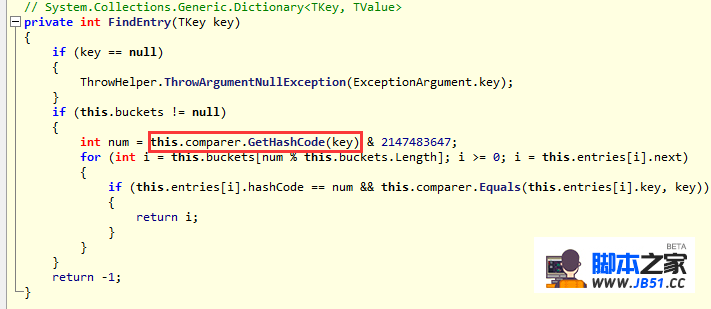
dictht ht[2]
你可能会疑问,为什么这个属性是2个大小的数组呢,其实正真使用的是ht[0],而ht[1]是用于扩容hash表时的暂存数组,这一点也很奇葩,
同时也很精妙,redis为什么会这么做呢???仔细想想你可能会明白,扩容有两种方法,要么一次性扩容,要么渐进性扩容,后面这种扩容是什
么意思呢?就是我在扩容的同时不影响前端的CURD,我慢慢的把数据从ht[0]转移到ht[1]中,同时rehashindex来记录转移的情况,当全部转移
完成之后,将ht[1]改成ht[0]使用,就这么简单。
dictEntry **table;
从上面这个结构体中,你可以看到一个非常重要的属性: dictEntry **table, 其中table是一个数组,数组类型是dictEntry,既然是一个数组,
那后面的三个属性就好理解了,size是数组的大小,sizemask和数组求模有关,used记录数组中已使用的大小,现在我们把注意力放在dictEntry这
个数组实体类型上面。
从这个数据结构上面你可以看到有三个大属性。
第一个就是: *key:它就是hash表中的key。
第二个就是: union的*val 就是hash的value。
第三个就是: *next就是为了防止hash冲突采用的挂链手段。
这个原理和C#中的Dictionary还是一样一样的。
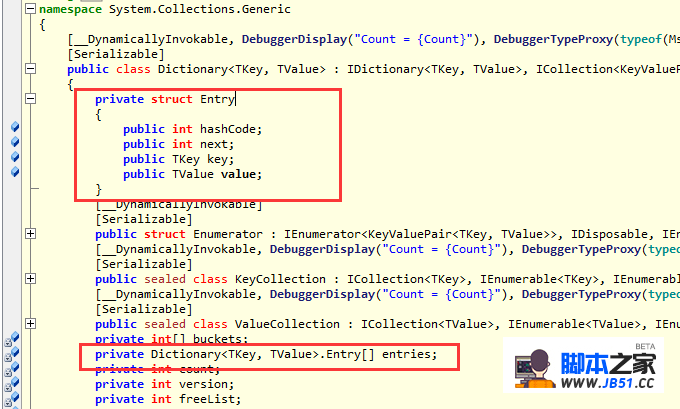
不知道你看懂了没有,如果总结上面描述的话,我可以画出如下的hash结构图。
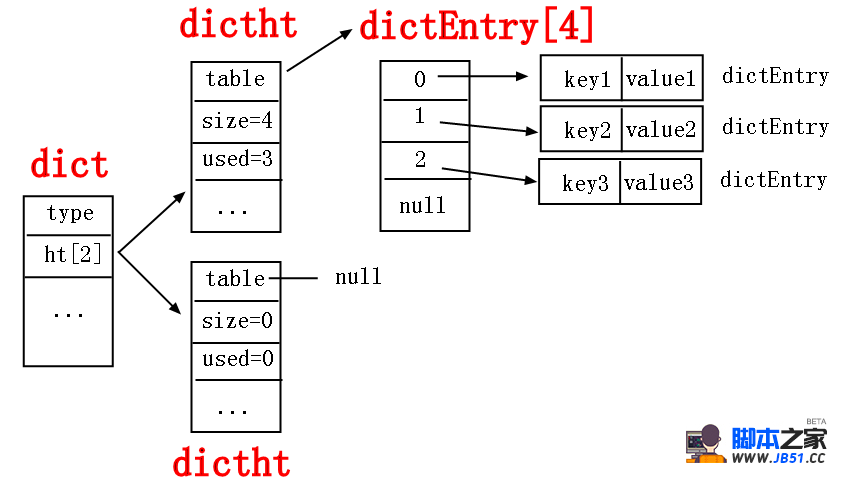
好了,就此打住,去公司了。

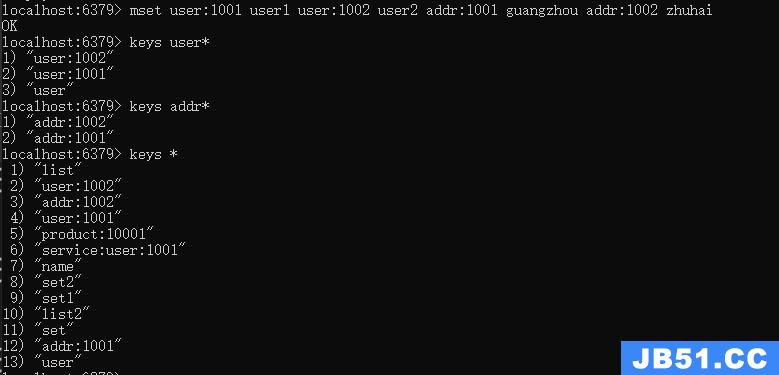 文章浏览阅读1.3k次。在 Redis 中,键(Keys)是非常重要的概...
文章浏览阅读1.3k次。在 Redis 中,键(Keys)是非常重要的概... 文章浏览阅读3.3k次,点赞44次,收藏88次。本篇是对单节点的...
文章浏览阅读3.3k次,点赞44次,收藏88次。本篇是对单节点的... 文章浏览阅读978次,点赞25次,收藏21次。在Centos上安装Red...
文章浏览阅读978次,点赞25次,收藏21次。在Centos上安装Red... 文章浏览阅读1.2k次,点赞21次,收藏22次。Docker-Compose部...
文章浏览阅读1.2k次,点赞21次,收藏22次。Docker-Compose部... 文章浏览阅读2.2k次,点赞59次,收藏38次。合理的JedisPool资...
文章浏览阅读2.2k次,点赞59次,收藏38次。合理的JedisPool资...